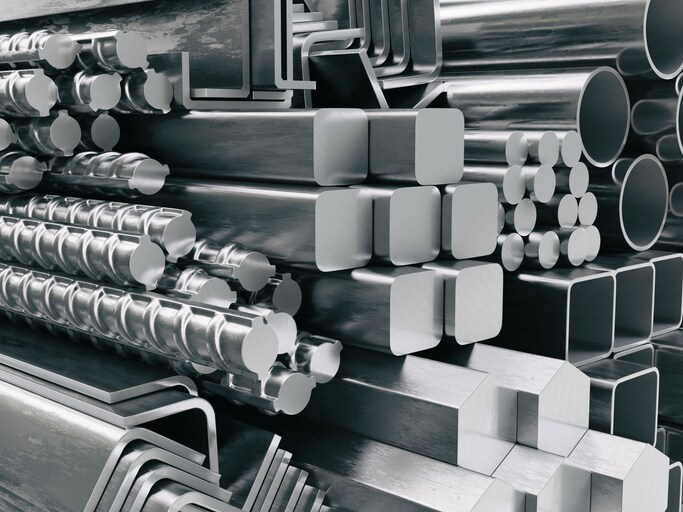Dive into the realm of stainless steel alloys through this informative guide, uncovering the various types, unique characteristics, and wide-ranging applications. Discover the versatility of stainless steel in engineering, household items, and beyond.
Stainless steel, a remarkable alloy known for its corrosion resistance and durability, encompasses a diverse range of types, each tailored to specific applications. Let’s embark on a journey through the fascinating world of stainless steel, delving into its types, characteristics, and myriad applications.

1. Austenitic Series:
- 304 Stainless Steel: Renowned for its versatility, 304 stainless steel contains 18% chromium and 8-10.5% nickel, offering excellent corrosion resistance and formability. Widely utilized in household appliances, kitchenware, and architectural structures.
- 316 Stainless Steel: With additional molybdenum content (2-3%), 316 stainless steel exhibits superior corrosion resistance, making it ideal for marine environments, chemical processing, and medical equipment.
2. Ferritic Series:
- 430 Stainless Steel: Featuring 17% chromium, 430 stainless steel provides good corrosion resistance and high-temperature strength. Often used in automotive trim, kitchen utensils, and decorative applications.
3. Martensitic Series:
- 410 Stainless Steel: Known for its high strength and hardness, 410 stainless steel contains 11.5-13.5% chromium and is commonly employed in cutlery, valve components, and pump shafts.
4. Duplex Series:
- 2205 Stainless Steel: Combining the benefits of austenitic and ferritic stainless steels, 2205 stainless steel offers high strength and excellent corrosion resistance. Widely utilized in chemical processing, oil and gas exploration, and structural applications.
5. Precipitation Hardening Series:
- 17-4PH Stainless Steel: Through precipitation hardening, 17-4PH stainless steel achieves high strength and corrosion resistance. It finds applications in aerospace components, firearms, and high-performance machinery.
Stainless steel’s versatility extends beyond engineering applications to everyday household items, including cookware, flatware, and appliances. Its hygienic properties, aesthetic appeal, and longevity make it a popular choice in both industrial and domestic settings.
In conclusion, stainless steel alloys offer a vast array of options to meet diverse industrial, commercial, and household needs. Understanding the characteristics and applications of each type empowers engineers, designers, and consumers to make informed decisions when selecting stainless steel for their projects or products.

